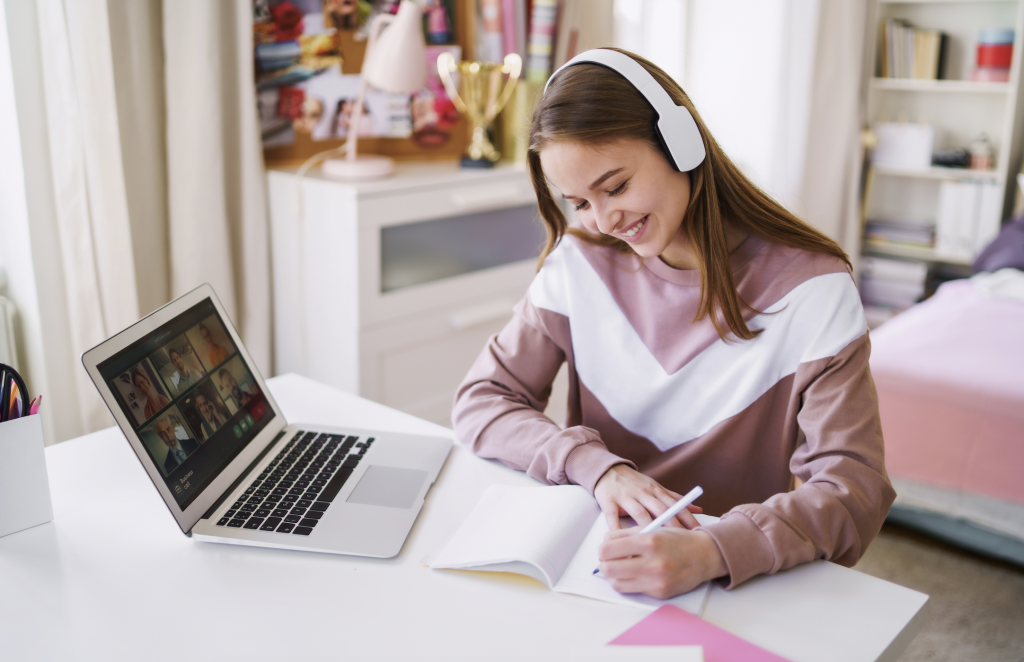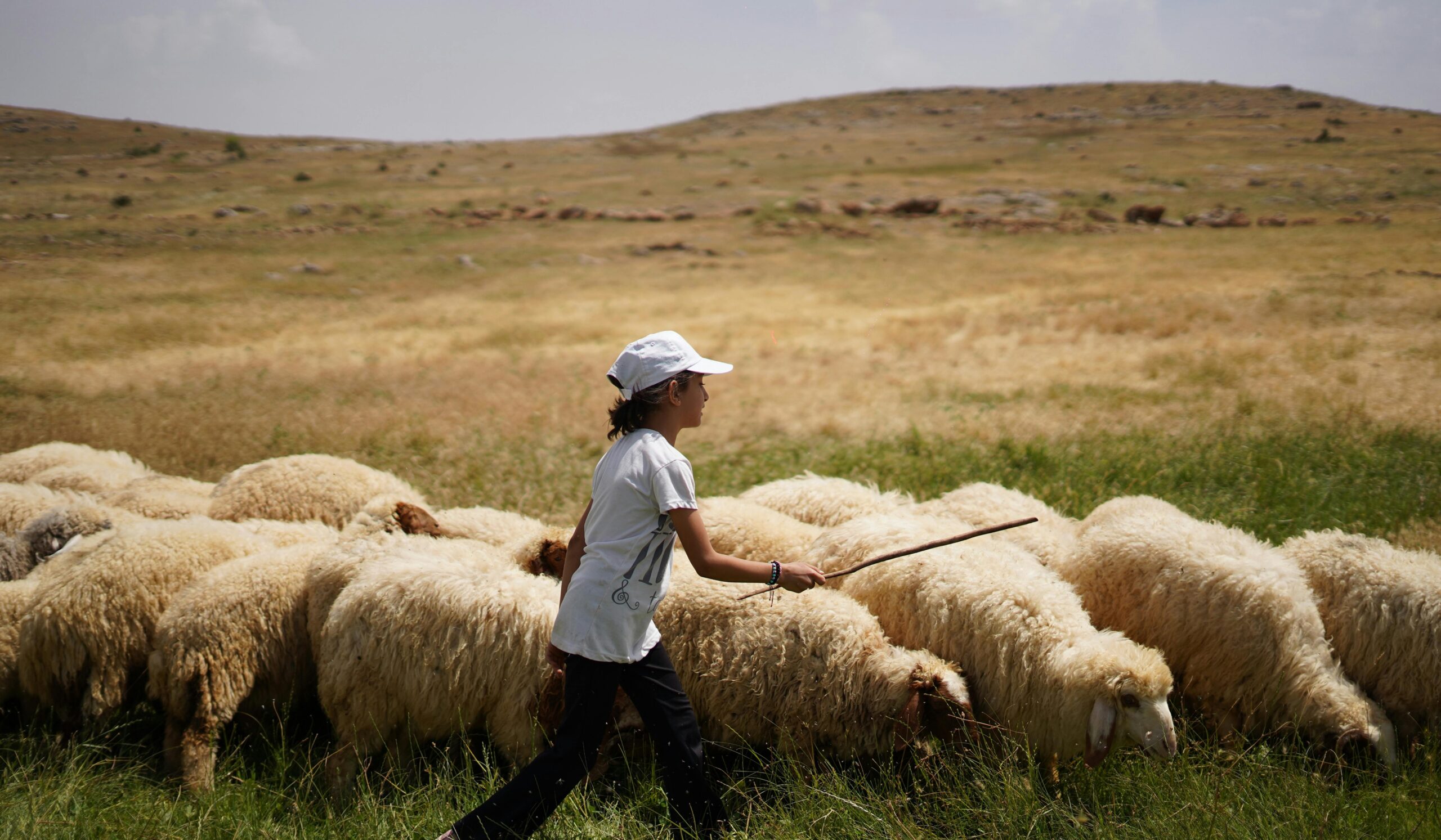
How to Embed Social and Emotional Learning During This Critical Time
A teacher called me a few weeks ago to talk about how to manage this stressful time. She was teaching her students online for the first time and attempting to manage her own children who were home all day. It’s quite a workload.
When I suggested she find ways to embed social and emotional learning into her virtual classroom time—she hesitated. Her polite response was, “Tim, I’m having trouble enough just getting through my subjects, let alone adding a new subject!”
It was then, I shared a little analogy.
Fixing the Roof in the Rain
After validating her natural response, I said, “Saying that it’s not a good time to add social and emotional learning to your daily routine would be like the person who says it’s not a good time to fix the hole in his roof because it’s raining. Far too often, we believe we can’t do something due to the stressful time, but that something may be the very act that saves us.”
We both chuckled, and then I continued my little parable.
I told her: when I was teaching daily in a classroom, I realized I never fixed something if it didn’t feel like it was a big problem. It was a lot like saying I don’t need to fix the hole in the roof because it’s sunny outside. Then, when things got bad, and I was motivated to solve my problem, it seemed it was never a good time—because it was “raining.”
I suggest it might just be raining right now.

Why is Social and Emotional Learning a Key During This Time?
When students feel stressed out, they are distracted from academics. They feel overwhelmed and are not at their best. They often become preoccupied with themselves and shift into survival mode. All of this diminishes what teachers and parents want most for their kids. Let me offer five fundamental reasons why social and emotional learning is the need of the hour:
- It enables students to build coping skills when they’re stressed.
- It empowers students with conflict resolution and people skills.
- It helps students focus on others, not just themselves, in hard times.
- It provides them with a bigger picture perspective they’ll need as adults.
- It teaches students how to manage their own emotions, including anxiety.
Do any of these outcomes sound relevant to you?
Ideas to Teach Social and Emotional Learning During This Time of Social Distancing
Below are some practical ideas you can implement right away to embed social and emotional learning into your experience with students, or your own kids. Keep in mind, this is only the beginning. You may consider purchasing SEL curriculum to go deeper:
1. Write daily notes to your individual students.
Sometimes just a simple, sincere note (nothing cheesy) to your students can make a huge difference in their day. Remind them of who they really are and the potential you see in them. Kids save notes from adult leaders (teachers, parents, or principals) over the years.
2. Help them practice psychological distancing.
This is a term from Yale professor Marc Brackett. Ask students to think of a friend who’s struggling with anxiety over COVID-19. What advice would they give them? Then, ask if they practice their own strategies. Often, kids know what’s right, but fail to apply it.
3. Plan morning check-ins to ask how they’re doing and to build community.
Our team is doing regular “check-ins” to make sure we’re all OK, making progress personally and professionally. Students may need this too. It communicates you care for them before you care about their grades. You tend to them, and they’ll better tend to learning.
4. Play online games with them for 15 minutes.
I know some educators who spend 15 minutes playing virtual games on a screen with students before they jump into learning a subject. While this may feel like wasting time, it may just be investing time to get a better return on your classroom learning.
5. Teach them simple breathing exercises to focus their minds.
Part of managing emotions is learning self-regulation. And part of self-regulation is learning to breathe intentionally and focus when kids feel overwhelmed or uncertain. The key is to stop, breathe deeply a few times, and focus your mind on one positive truth or idea.
6. Pick up some conversation starters on social and emotional learning.
If you want to be more intentional about SEL, consider purchasing actual curriculum on the subject. We created a very different approach to teach the fundamental qualities through images, conversations, and experiences: Habitudes for Social and Emotional Learning.
7. Share stories of students who’ve done something heroic during this season.
There are loads of great stories of students who served others and did something heroic during this time of social distancing. Just watch the news. Tell those stories to students, then challenge them to find ways they can serve, especially if they’re feeling angst.
Remember: fixing the roof in the rain may be the one time everyone is motivated the most.
In honor of Giving Tuesday Now, I invite you to help provide vital social and emotional learning resources and tools to today’s students. Click here to learn more about how you can help.






